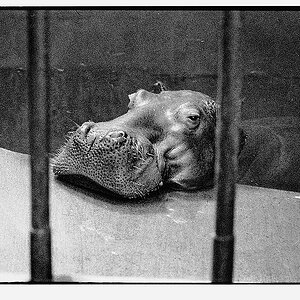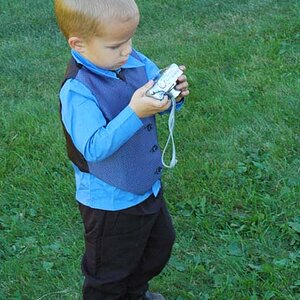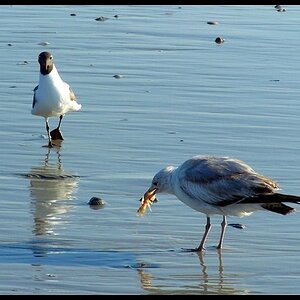coastalconn
Been spending a lot of time on here!
- Joined
- Mar 24, 2012
- Messages
- 3,594
- Reaction score
- 3,635
- Location
- Old Saybrook, CT
- Can others edit my Photos
- Photos NOT OK to edit
You could follow in my footsteps. Nikon D300 and Tamron 200-500 SP F5-6.3. KEH can be very good for used equipment as they offer a 14 day return policy and a 6 month warranty. They have a used D300 in "EX" for $550 I would recommend the D300 or the D7000 over the D90 just for fine tune alone. The D7000 has a better sensor and is newer, the D300 has a better build, af system, more speed (up to 8 FPS with grip) and a bigger buffer. There is also the D300s that adds video and a second card slot) The D300 will have a steeper learning curve as there is no "green" auto mode. I also have a D90 which is a great camera, but falls short in the wildlife area (not saying it can't be done, I have many great pictures with it. The Tamron 200-500 is very good for a consumer lens but it is a trade off like most non "exotic" lenses. You can sometimes pick them up for 500-600... Feel free to check my pictures on one of my links on my signature...





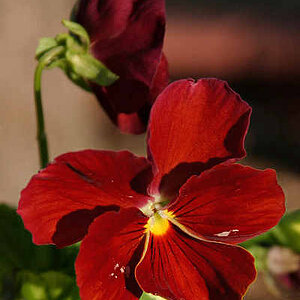
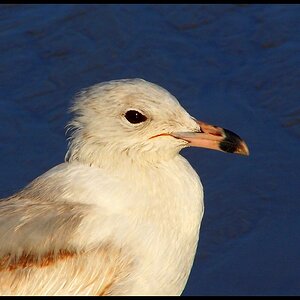
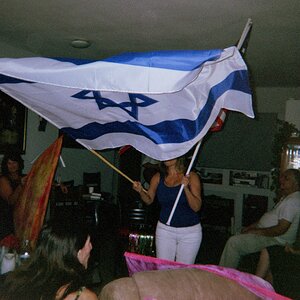
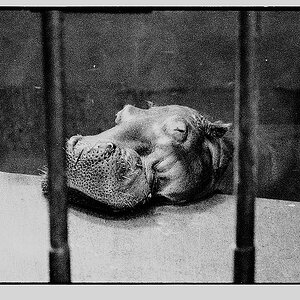
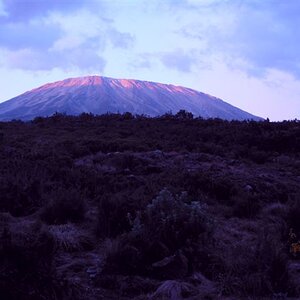
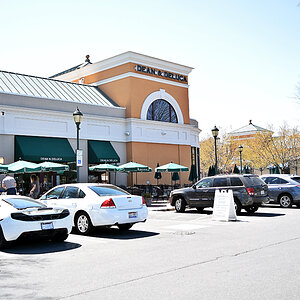
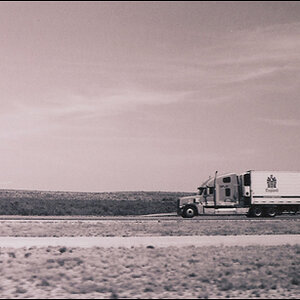
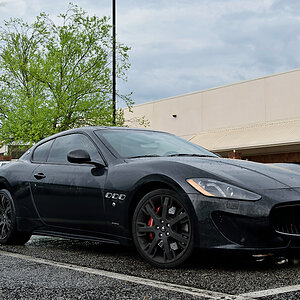
![[No title]](/data/xfmg/thumbnail/37/37603-739c5d9b541a083a12f2f30e45ca2b7b.jpg?1619738147)
